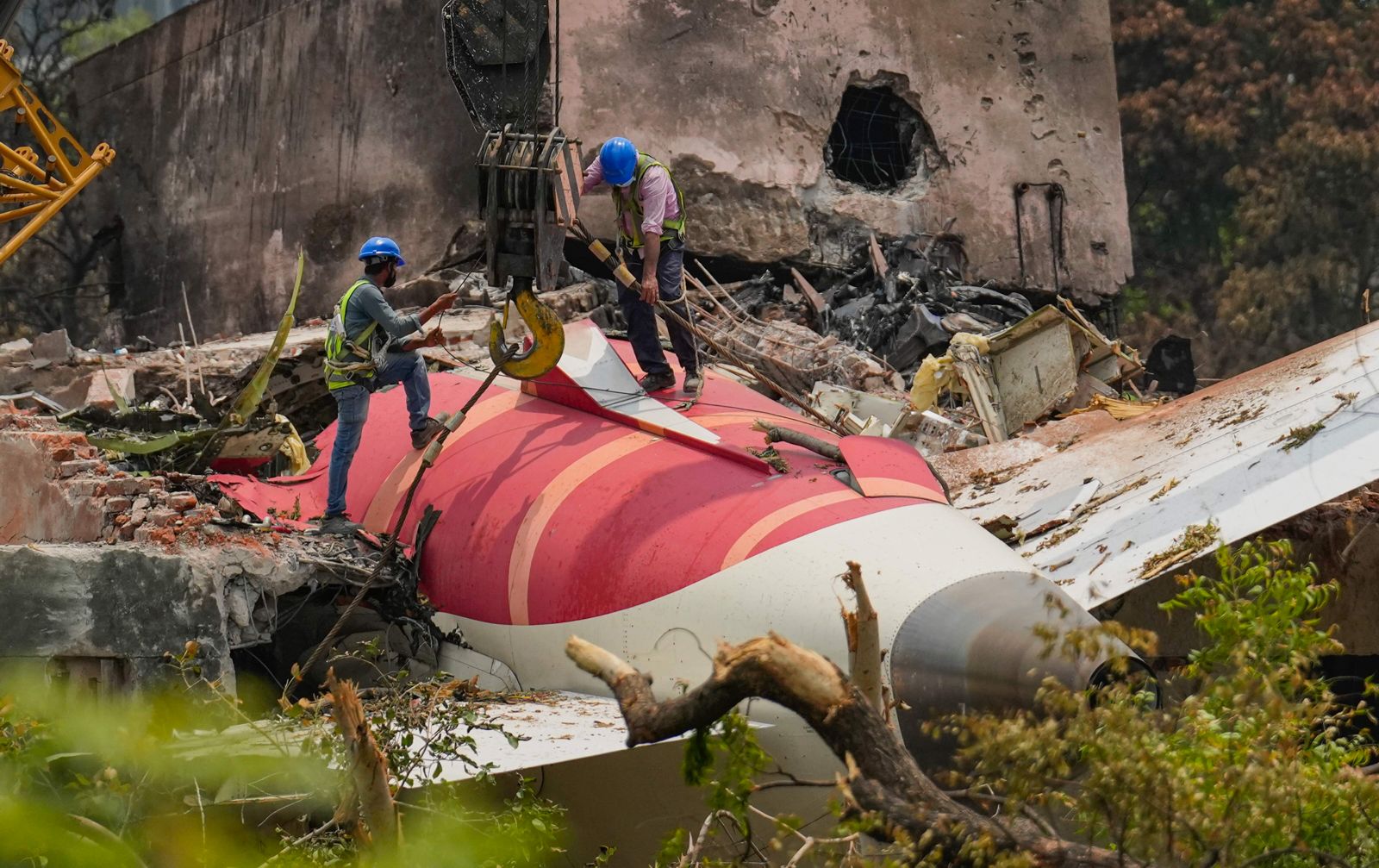AAIB preliminary report reveals dual engine cutoff seconds after take-off in Air India crash
July 12, 2025
Ahmedabad: The Aircraft Accident Investigation Bureau (AAIB) today released its preliminary report on the Air India crash that occurred shortly after take-off from SVPI airport in the city on June 12. The findings confirm that both engines of the Boeing 787-8 aircraft were cut off within seconds of liftoff, leading to a rapid loss of altitude and the eventual crash outside the airport perimeter.
According to the report, the aircraft achieved take-off speed at 08:08:35 UTC (Coordinated Universal Time) and lifted off by 08:08:39 UTC. However, just three seconds later, at around 08:08:42 UTC, both Engine 1 and Engine 2 fuel cutoff switches transitioned from RUN to CUTOFF with a one-second gap. As a result, engine parameters dropped abruptly, leading to a complete loss of thrust.
“In the cockpit voice recording, one of the pilots is heard asking the other why did he cutoff. The other pilot responded that he did not do so,” states the report.
CCTV footage confirmed the deployment of the Ram Air Turbine (RAT) shortly after take-off, indicating complete engine failure.
Although recovery attempts were initiated, including automatic fuel control system resets, engine recovery was partial and short-lived. The aircraft ultimately lost altitude and crashed outside the airport boundary. Emergency response was activated after ATC failed to establish contact following a “Mayday” call at 08:09:05 UTC.
The report also confirmed the death of 260 individuals and injuries to 68, including a sole survivor passenger who was on board the flight.
Regarding the progress of the investigation, the report states that wreckage site activities, including drone photography and videography, have been completed, and the wreckage has been moved to a secure area near the airport.
Both engines were retrieved from the wreckage site and quarantined in a hangar at the airport. Components of interest for further examination have been identified and quarantined. Fuel samples taken from the bowsers and tanks used to refuel the aircraft were tested at the DGCA’s lab and found satisfactory. A very limited amount of fuel samples could be retrieved from the APU filter and the refuel/jettison valve of the left wing. Testing of these samples will be conducted at a suitable facility capable of analyzing the limited available quantity.
Furthermore, the report states that data downloaded from the forward EAFR (Enhanced Airborne Flight Recorder) is being analyzed in detail, and statements from witnesses and the surviving passenger have been obtained by investigators.
A complete analysis of the postmortem reports of the crew and passengers is being undertaken to corroborate aeromedical findings with engineering assessments. Additional details are being gathered based on initial leads.
“At this stage of the investigation, there are no recommended actions for B787-8 and/or GE GEnx-1B engine operators and manufacturers. The investigation is continuing, and the investigation team will review and examine additional evidence, records, and information that is being sought from the stakeholders,” the AAIB stated. DeshGujarat
Recent Stories
- India vs SL Match
- Free rides on AMTS buses for three days during Diwali
- 100 years of service to nation was our duty, so no celebration is needed: RSS Chief
- Commonwealth Sport Board Recommends Ahmedabad as Host City for 2030 Commonwealth Games
- Gujarat CM to visit Mumbai for listing of SMC's green municipal bonds on NSE
